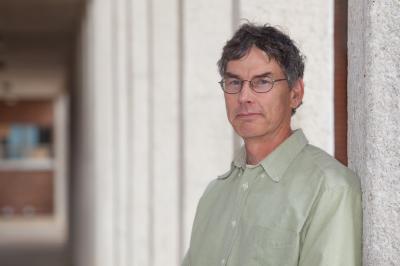
In the picturesque paradise of Maui, an ominous pattern of destruction has been unfolding.
Devastating wildfires, once considered a rarity on the Hawaiian island, have become increasingly frequent and ferocious. As flames consume vast swaths of land this week, scientists and residents are grappling with the stark realization that these infernos are largely of our own making.

Florida State University Professor Kevin Speer studies climate change, from global ocean circulation to the dynamics of hydrothermal plumes. He has been director of the university’s Geophysical Fluid Dynamics Institute since 2011. Speer is available to speak to reporters about how humans are contributing to devastating wildfires.
Speer pointed to four factors that contributed to the disaster in Hawaii this week:
Guinea grass: Beneath Maui’s serene exterior, an unwelcome guest has taken hold: Guinea grass. This invasive plant species grows quickly and provides an ideal fuel for fast-spreading fires. Hawaiian scientists have long raised concerns about the dangers posed by the plant’s unchecked spread.
Human activity: Human activities play a pivotal role in igniting and perpetuating devastating blazes: 80-90% of wildfire ignitions can be traced back to vehicles, power lines, careless pile burning and other human actions.
Land use and zoning regulations: Among the primary contributors to Maui’s wildfire crisis is the failure of land use and zoning regulations to account for the true risks of wildfires by restricting building locations, requiring use of fire-resistant materials in construction and ensuring adequate access for emergency responders.
A perfect storm: High winds and dry fuels, combined with low humidity, created an environment ripe for an inferno on Maui. The steep, rugged terrain that defines the Hawaiian landscape further exacerbated the challenge, making access for firefighting efforts a perilous undertaking.
For media seeking interviews, Speer is available by email at kspeer@fsu.edu or phone at (850) 644-5594.




